
I am writing this article with a couple of assumptions in mind. Firstly, I am assuming you are thinking of buying a drone to take video and photographs. Secondly, I am assuming that you will be taking the drone with you when you travel.
1 – You can’t expect to “buy and fly” a drone
Like most camera gear, you can now buy drones in duty free shops as you walk through airports. But unlike many cameras, you cannot charge the battery, put a memory card in it and expect to be able to use it. There is no automatic mode for flying a drone.
You will need to take the time prior to heading off on your next adventure to learn how to fly it and how to record video and take photos. Many of the drones have a “learner mode” which is a great way to learn to fly.
The first thing you will usually have to do before flying is to update the drone’s and remote’s firmware and software. This will need an internet connection and often involve large downloads.
2 – Size and weight of the drone
Drones come in varying weights and sizes. When buying a drone you need to consider the following:
- As your drone is camera gear you will want to take it as carry on luggage on flights (lithium ion batteries must be in your carry on). The larger and heavier the drone is, means you have less space and weight for other items.
- Will you need to carry your camera gear, including the drone, for lengthy periods during your travels? For example, if you are doing a lot of hiking the heavier the drone and accessories, the more weight you will need to carry.
- Will you need a separate bag for the drone and its accessories? For example, the DJI Mavic Pro and Spark can fold up and be placed in a camera bag or back pack. However, the DJI Phantom does not fold up as small and its bag will become one of your carry on bags.
- The drone’s weight will also determine if you need a licence to fly the drone (see point 8 below).
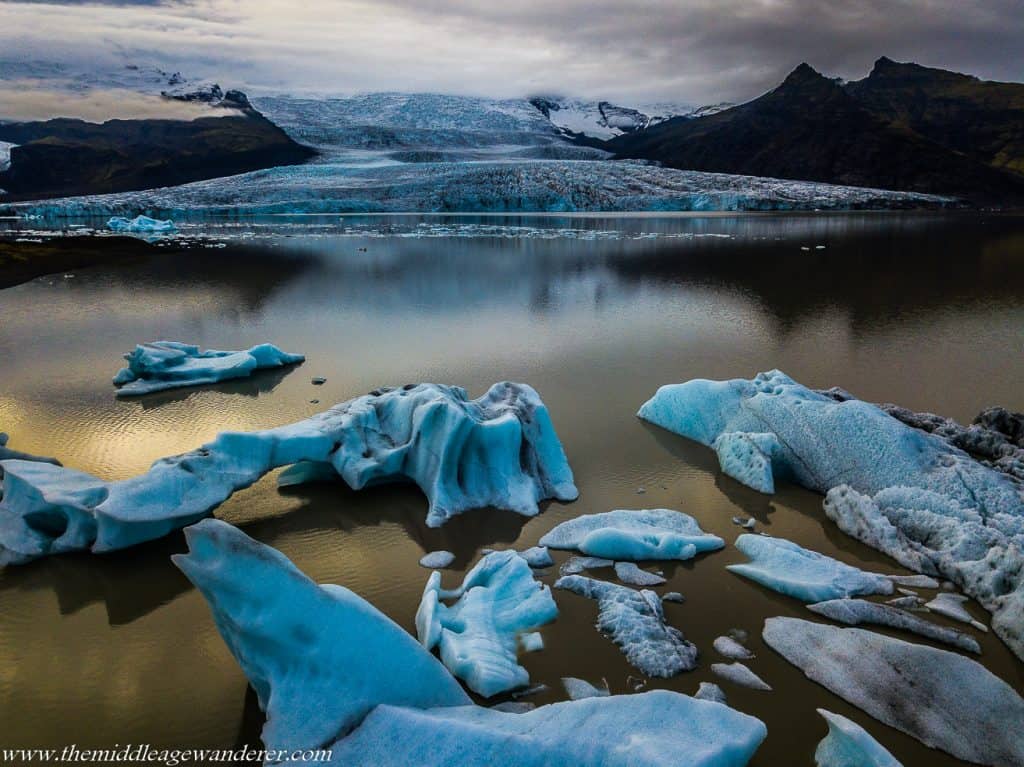
3 – What do you want to achieve with your drone?
Obviously if you are buying a drone for travelling, you want to take photos and record video. But not all drones are equal in this respect. For example, if you are taking photos or filming video for personal use or social media you may be happy with a camera that takes photos in JPEG format and films in 1080p, rather than a drone that photographs in DNG (RAW) and films in 4k.
4 – How much time will you have to use it when travelling?
Flying a drone is not like grabbing a camera and taking a few photos. You need to set up the drone (some take longer than others), fly it to where you want to take photos and / or video and return it back to base. This takes time. If you are on a tight time schedule, it may be difficult to get drone footage. However, if you do not have a tight schedule, you can take the time to use your drone. For example, we spent 17 days driving around Iceland. We gave ourselves plenty of time to stop each day to take drone footage as well as photographs.
5 – Set up time
While not excessive, drones will need some setting up each time you want to fly them. For example, the DJI Phantom is usually stored without its propellers.
In addition to setting up the drone and controller, you will also need to set up the camera. For example you may need to use a filter and adjust camera settings on a bright day.
6 – Flight time
When it comes to flight time, not all drones are made equal. It could be said that none of the drones have great flight time, but the shorter the flight time means the possibility of carrying more batteries and having the ability to charge batteries on the go (we charge batteries with the car charger if we are driving). Drones with longer flight times enable you to fly further and possibly get photos that you would not otherwise be able to get. While driving in Iceland, we saw a ship wreck. We were only able to drive to about 2 kms from the ship wreck (it was on a small island). But we were able to fly the drone to the ship wreck to take photos.
Do you hate being in your travel photos? Here are my
10 Ways to be in Your Travel Photos when you Hate Having Your Photo Taken.
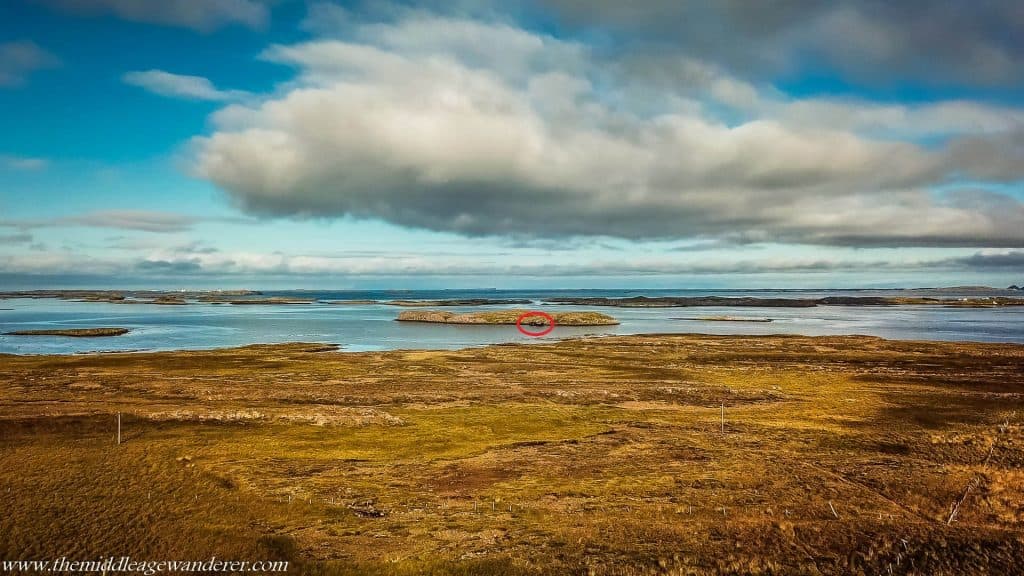
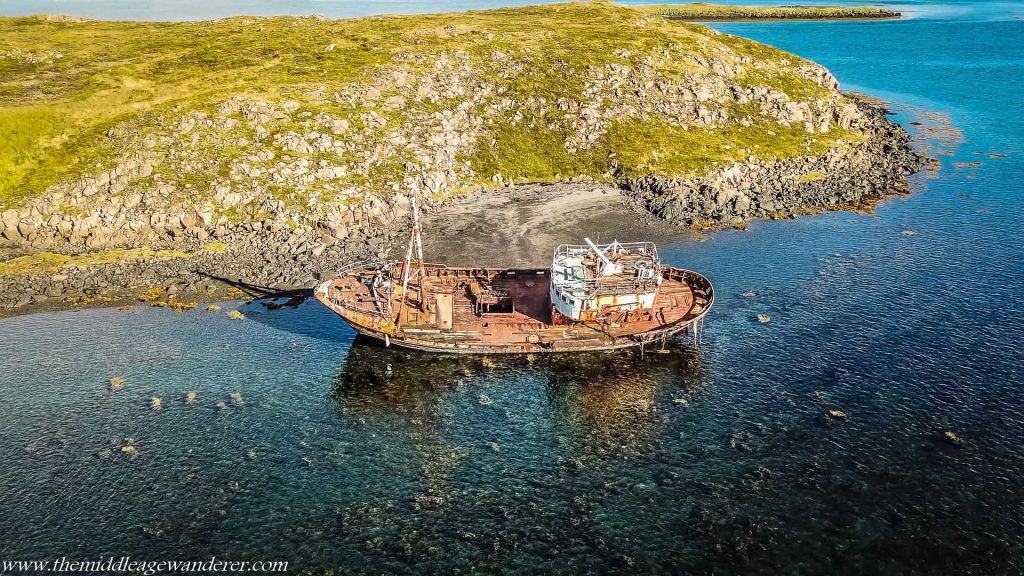
Photos captured from video footage we took as we flew out to and circled the ship wreck.
7 – What safety features does the drone have?
The main safety features you will find in drones are collision avoidance and return to home functions.
Collision avoidance will vary depending on the drone you purchase. Drones can have forward, sideways, backwards and downward collision avoidance or no collision avoidance. For example, if your drone does not have backwards collision avoidance and you are flying your drone backwards, it will not alert you to possible obstacles that it may hit. In circumstances such as this you need to ensure you can see your drone and the conditions around it clearly.
Drones may have a return to home (RTH) function. A drone may automatically RTH when the battery is low, GPS connection is lost, or you use the return to home button. RTH is usually a direct flight path after flying to a pre-set height and avoiding obstacles is its path. However, in more advanced drones, the function can choose the best route home considering the environmental conditions.
The drone pilot should not rely on the RTH to get them out of trouble though, as environmental factors need to be considered. For example, if a drone returns to home when the battery is low, but must fly into a headwind, there is a possibility the battery will run out before the drone reaches home.
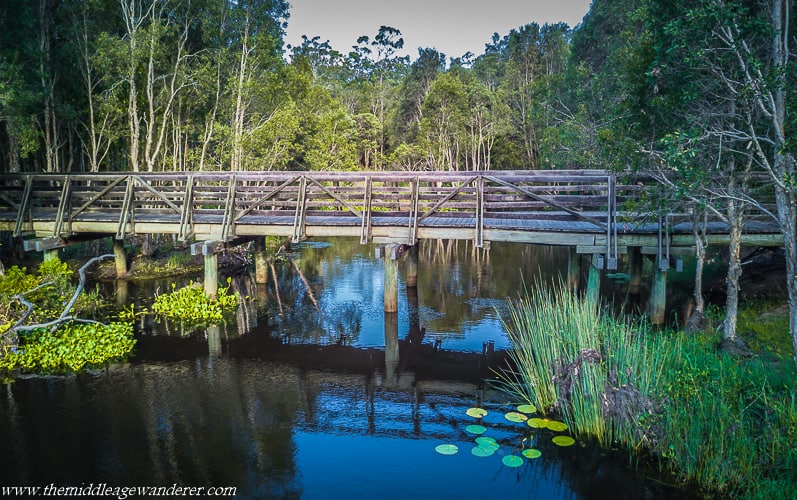
8 – Will you need to register your drone?
Depending in which country you live, will depend on whether you will need to register your drone. For example, in the United States you need to register any drone over 250 grams with the Federal Aviation Administration. However, in my home country of Australia, you do not need to register your drone. Also as long as the drone is under 2 kg and it is not for commercial use, you do not need a licence to operate it. You should check the laws in your home country to determine if you need to register your drone.
9 – You will need to understand the local laws in the countries you are travelling to
Drone laws change from country to country and you will need to understand the laws in the countries you are travelling too. In some countries you can seek pre-approval to use a drone in certain areas such as national parks. You will need to research the relevant laws for your travel destinations before heading there.
All drone pilots need to be aware of “no fly” zones. Some drones have this built in and will alert a pilot when they are in a no fly zone and potentially limit the maximum height the drone can fly to. There are a number of good apps available that will tell you where you can and cannot fly. Unfortunately we have regularly seen drone pilots ignore no fly zones.
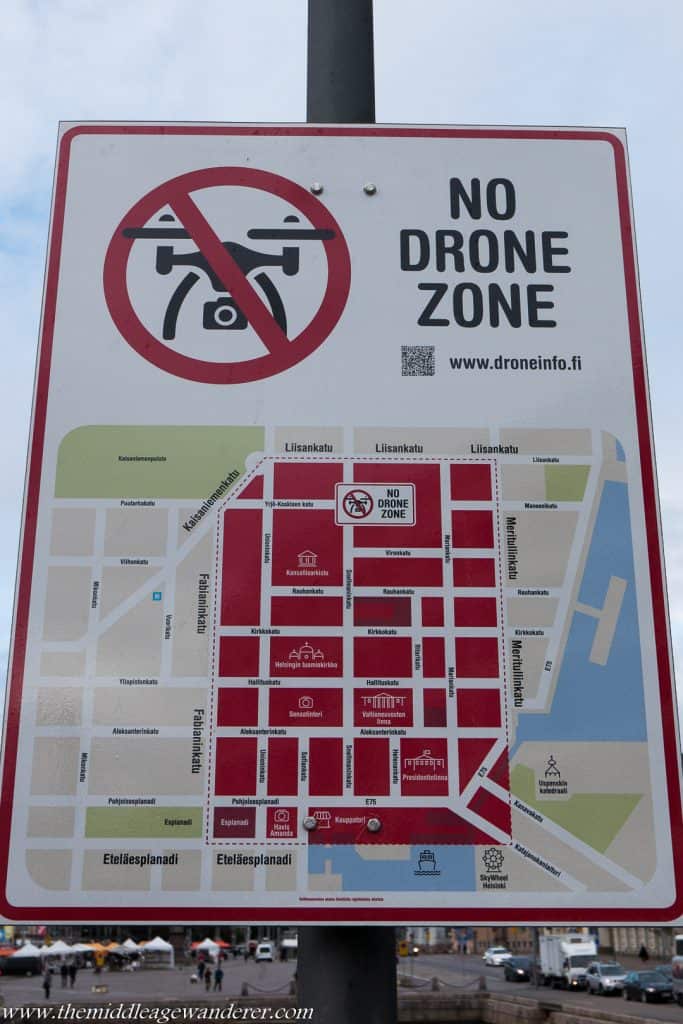
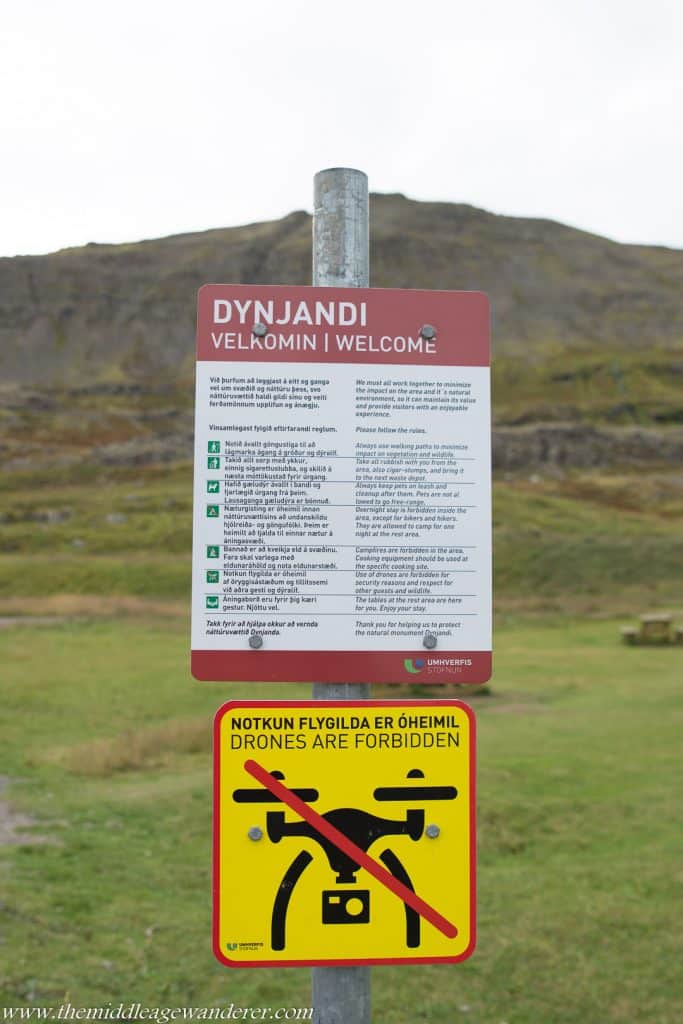
10 – Consider the warranty and accessories available
What warranty is available for the drone you are considering purchasing? Is the warranty worldwide or only in the country of purchase? Also, what does the warranty cover. For example, DJI have a Care Refresh warranty which is an additional cost to the original purchase price, but covers for accidental damage such as if you crash your drone. We decided this was a good investment in our first year of drone ownership.
There are a number of different accessories available, both branded and third party. The more common the drone, the more accessories are available.
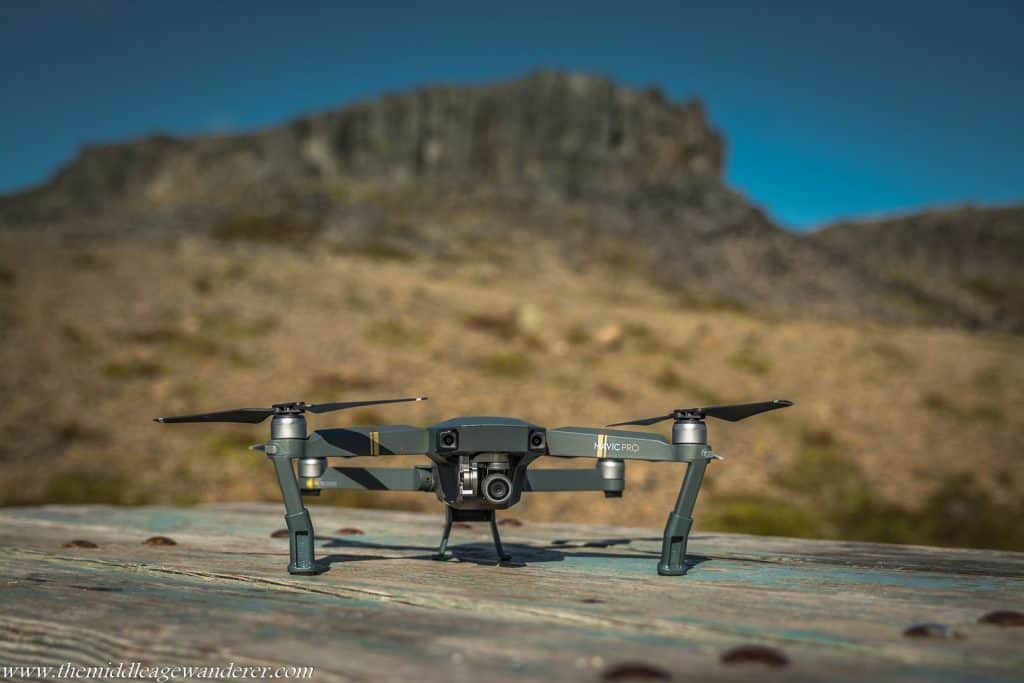
pin it
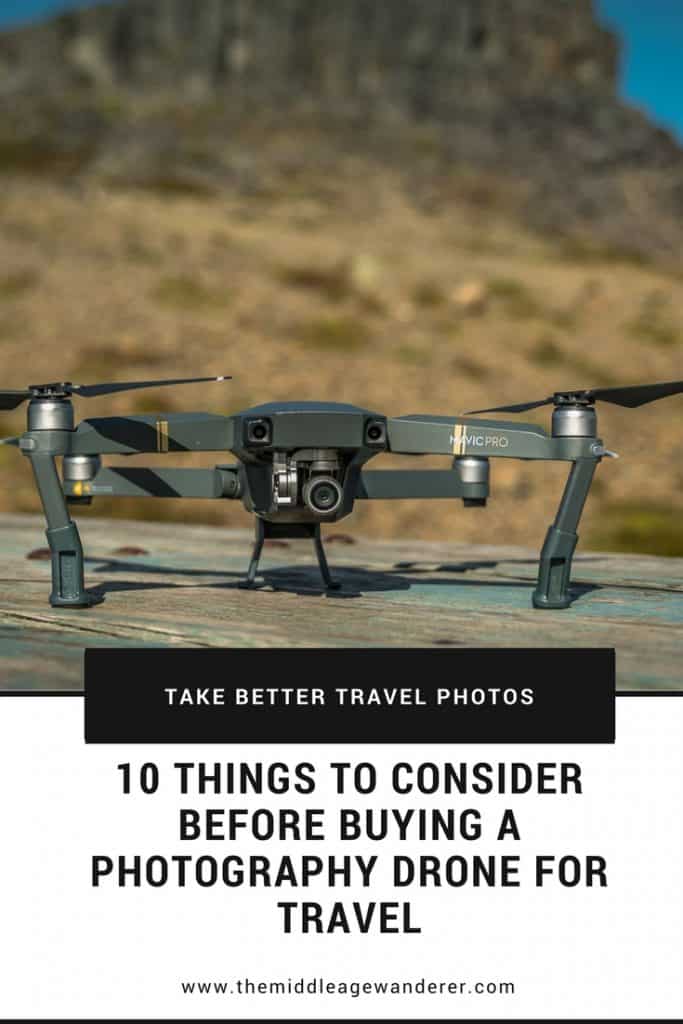



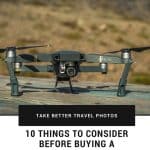
Awe I am thinking about buying drone but it is sooo overwhelming for me. I have no idea I will use it in proper way since it is so much hassle for me haha. I will save your article so I can come back to it whenever I will finally decide to buy it haha.
Thanks Zaneta. Once you get used to them they aren’t that hard to fly. The biggest thing for me is making sure I bring them home at low battery. I’ve had a few close calls!
Drones and I fell out when mine kept flying up and away and never came back. Really helpful post though, so many rules now and good to think about that before getting a drone
Thanks Emma. We’ve come close to losing ours a few times (had a couple of times with really strong winds in Iceland we thought we might lose it).
This is such a great guide! We recently bought a new drone and literally on the first test flight the battery burned down (no idea why or how) and the drone fell flat. Ofcourse, we couldn’t take our brand new drone with us on the vacation (it went to repair depot instead) but lessons learned as you said give yourself time to learn and practice the gadget before you leave. 🙂
Thanks Richa. Not good to hear about your first experience. We spent a fair bit of time with ours in learner mode before we were confident enough to travel with it.
These are great tips, thanks! I’ve been giving serious thought to buying a drone for months but can’t make up my mind 😩 These are great things to consider though!
Thanks Katie. We love our drone but we don’t take it on every trip. But the footage and photos from it are amazing so we take it where ever we can.
This is really helpful. I was recently travelling in Australia and met some other campers in a National Park who were flying their drone. We talked to them a bit and saw some of their drone footage and it was amazing. We’ve been thinking about getting a drone, but weren’t sure about the legality and complications associated with flying a drone at home in Canada or in the nearby USA.
Thanks Taryn. Each country is different and we actually don’t take our drone on every trip for that reason. We just make sure we do our research before each trip and then decide if the drone goes with us or stays home.
Thanks for this useful post! I’ve been thinking of getting a drone, but somehow I’m just scared I’ll lose it when I’m using it haha.
Thanks Lisanne. Drones are great and if you’re careful you shouldn’t have any issues. The only times we have had concerns with losing ours is when we’ve flown it in strong winds.
Great post. I’ve toyed with the idea of a drone but don’t know if we should take on the extra baggage.
Have you tried out any of the smaller drones? Are any of them worthwhile, or just a waste?
Hi Trina and thanks. We find the Mavic Pro doesn’t take up a lot of room but there are definitely smaller options. For example, the DJI Spark is smaller again. The differences though need to be considered. For example, the large drones shoot in 4K video and photos in RAW, while the smaller drones usually only shoot in 1080p and JPG for photos. Also the smaller drones may not have the ability to move the gimble as much as the larger drones and they don’t have as many safety features (eg. collision warnings). Hope that helps.
I really want a drone but I am worried about how hard it will be to get from novice to competent user. I am kinda hoping my other half will take on the role!
Thanks for the tips I thnk the DJ1 Spark might suit us best just based on size but I am worried it might not be sturdy enough.
Hi Paula. My hubby Darren is our drone pilot, but I have also learnt how to fly it. It is definitely worth getting the drone at least a month before travelling with it to practice. We have the Mavic Pro but have seen a lot of Sparks being used. The only real difference from a sturdiness perspective is it won’t handle windy conditions as well as they heavier drones.
A really helpful, timely post for me as I start to think about buying a drone. I had no idea though about half of the things you’ve highlighted, so I’m super grateful to have found this post!
Glad it was helpful Coralie. We love our drone and love the footage from it.
Thanks for a great post, this was really helpful 🙂
I am lokking into buying a drone, I just love the photage it gives 🙂
You’re welcome Ann. Glad it was helpful.
Some really handy tips here to help decide whether a drone is the best way to go.
Drones definitely aren’t for everyone but we love being able to take it with us when we travel.
This is great advice as I’m currently in the process of researching drones with the hope of purchasing one before the end of the year. There is so much to consider, and it’s a larger ticket purchase, so I’m grateful for your tips!
Glad it’s helpful Sage. My hubby did a lot of research before we got ours.
Great tips for buying and using a drone; they are so popular now, and I know you can take great photos with them. While I’m not in the market for one, I still appreciate all the info about them.
Thanks Emese.
Love this! I’ve been looking at purchasing a high quality drone for awhile now. My oldest son has a mid level drone but for travel, I’d love a great one. Barbados (our Spring vaca) doesn’t allow them and will confiscate at arrival but I’d love to have one for Croatia next year!
Thanks Joanne. We have left our drone at home on some trips but take it everywhere we can. A drone would be amazing in Croatia!
Drones have been on our list to consider for some time. We’re Kiwis travelling through Europe and have been surprised at the limited restrictions of flying drones in the 30 countries we have visited. With the exception of Morocco where you cannot enter the country with a drone in your possession.
Drones are a great way to capture your journeys Ruth. We have left our drone at home on some trips because we either couldn’t take it into the country or were not going to be in areas where we knew we could safely fly it (eg. mainly in cities). But they are definitely worth having.
I’m looking forward to get my very first drone. Greetings from Indonesia!